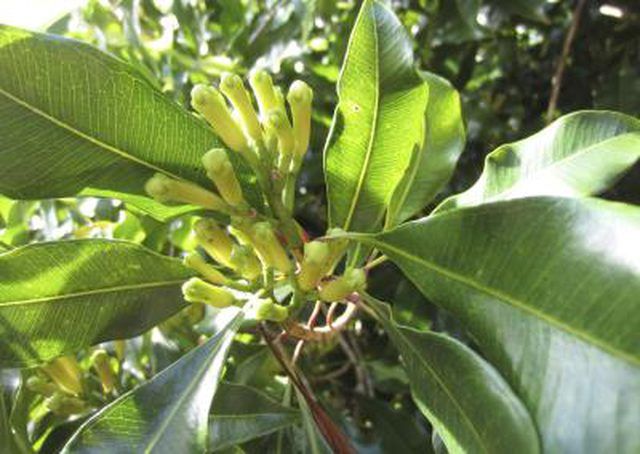Bulbs
Flower Basics
Flower Beds & Specialty Gardens
Flower Garden
Garden Furniture
Garden Gnomes
Garden Seeds
Garden Sheds
Garden Statues
Garden Tools & Supplies
Gardening Basics
Green & Organic
Groundcovers & Vines
Growing Annuals
Growing Basil
Growing Beans
Growing Berries
Growing Blueberries
Growing Cactus
Growing Corn
Growing Cotton
Growing Edibles
Growing Flowers
Growing Garlic
Growing Grapes
Growing Grass
Growing Herbs
Growing Jasmine
Growing Mint
Growing Mushrooms
Orchids
Growing Peanuts
Growing Perennials
Growing Plants
Growing Rosemary
Growing Roses
Growing Strawberries
Growing Sunflowers
Growing Thyme
Growing Tomatoes
Growing Tulips
Growing Vegetables
Herb Basics
Herb Garden
Indoor Growing
Landscaping Basics
Landscaping Patios
Landscaping Plants
Landscaping Shrubs
Landscaping Trees
Landscaping Walks & Pathways
Lawn Basics
Lawn Maintenance
Lawn Mowers
Lawn Ornaments
Lawn Planting
Lawn Tools
Outdoor Growing
Overall Landscape Planning
Pests, Weeds & Problems
Plant Basics
Rock Garden
Rose Garden
Shrubs
Soil
Specialty Gardens
Trees
Vegetable Garden
Yard Maintenance
How to Grow Clove Trees
How to Grow Clove Trees. A tropical evergreen that grows 20 to 100 feet tall, with glossy 5- to 10-inch leaves, the clove tree (Syzygium aromaticum) only blooms dependably where temperatures seldom drop below 50 degrees Fahrenheit. It should thrive in humid parts of Puerto Rico and Hawaii, in U.S. Department of Agriculture plant hardiness zones...

A tropical evergreen that grows 20 to 100 feet tall, with glossy 5- to 10-inch leaves, the clove tree (Syzygium aromaticum) only blooms dependably where temperatures seldom drop below 50 degrees Fahrenheit. It should thrive in humid parts of Puerto Rico and Hawaii, in U.S. Department of Agriculture plant hardiness zones 11 and 12. Plant it in a sheltered, partially shaded site with rich, well-draining soil, at least 20 feet from other trees. You can dry the self-pollinating tree’s pinkish-white flowers before they open to produce whole cloves.
Things You'll Need
Watering can or hose
Urea
Rock phosphate
Muriate of potash
Epsom salts
Newspapers or trays
Water your clove tree often enough so it gets at least 3 inches of water per month. It will do best with 5 to 8 inches per month.
Mix 2 parts urea, 2 parts rock phosphate, 3 parts muriate of potash and 2/3 part Epsom salts to make your own high-potash fertilizer. Give the tree 4 ounces of the mix per feeding its first year, 9 ounces per feeding its second year, and 13 ounces per feeding its third year, working up gradually to 44 ounces per feeding when the tree is 10 years old or older. Fertilize the tree twice a year, in May and September, by lightly working the fertilizer into the soil under the tree's canopy and watering it in.
Break off the unopened flower buds -- with sepals and calyxes attached -- when they are 1/2 to 3/4 inch long and have just begun to turn from pale pink to a darker reddish-pink. Spread the buds on newspapers or trays and put them in the sun for five days to dry, turning them frequently and protecting them from rain.